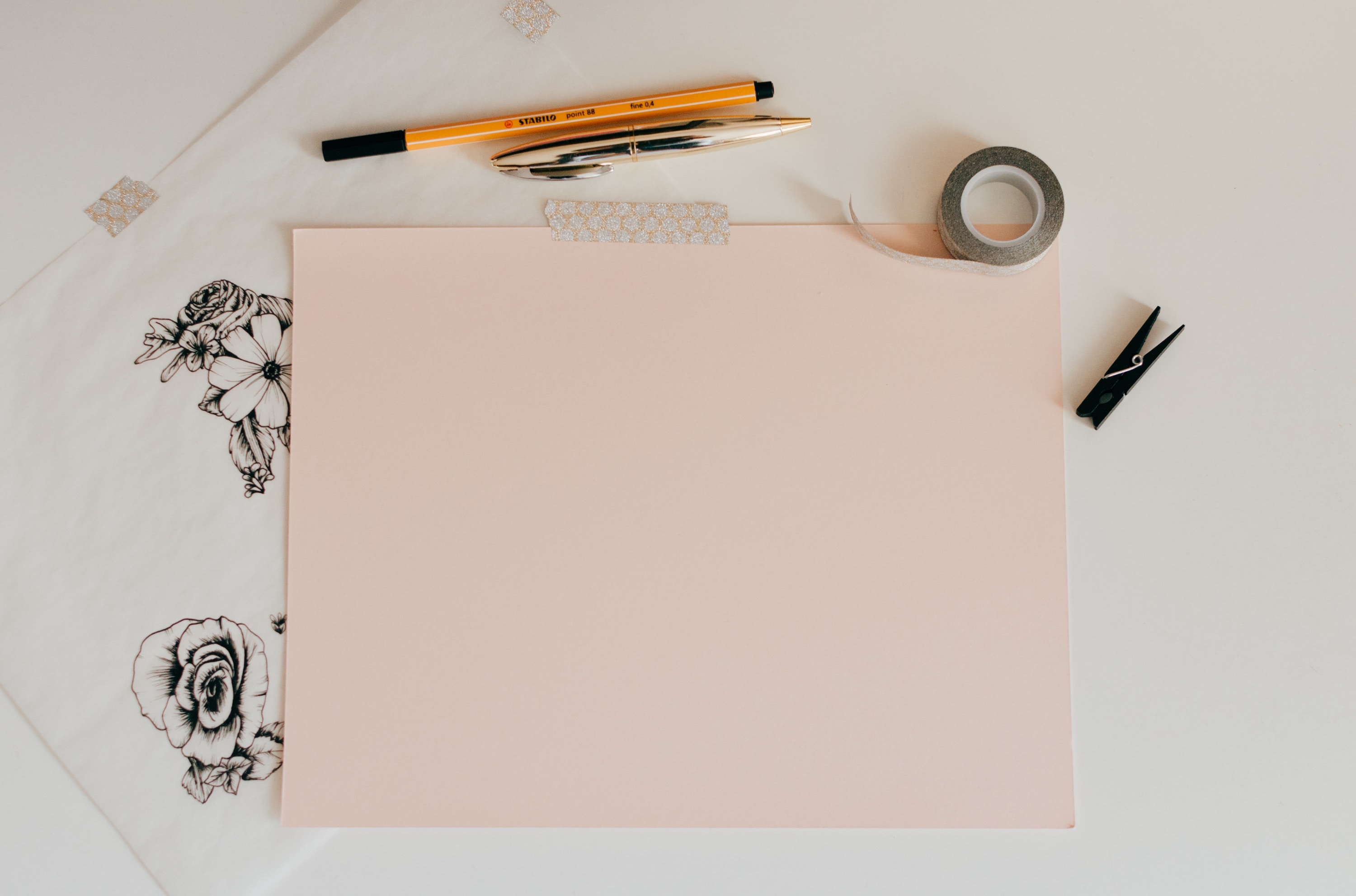
Introduction:
In the realm of poetry, words alone have the power to stir emotions and paint vivid landscapes within the reader’s mind. However, there exists a captivating synergy when poetry intertwines with illustrations, taking readers on an immersive journey like never before. In this comprehensive blog post, we will explore the power of illustrations in elevating poetry collections, uncovering how these visual elements can elevate the poetic experience. From minimalist line art to evocative imagery, we’ll delve into various styles poets are embracing and the ways these illustrations can accentuate the underlying emotions of the verses. Whether you’re an aspiring poet or an illustrator seeking to collaborate, this guide will provide valuable insights into creating a harmonious fusion of poetry and art.
Table of Contents:
Can’t Draw? Reach Out to Someone Who Can
- The Power of Collaboration
- Platforms for Connecting with Illustrators (Twitter, Instagram, Fiverr)
2. What Style of Illustrations are Poets Using?
- Embracing Minimalist Line Art
- Less is More: The Beauty of Simplicity
3. Illustrate the Chapter Pages and In-Between
- Setting the Tone with Chapter Illustrations
- Strategic Placement of In-Between Illustrations
4. Not Every Page Needs an Illustration
- Balancing Words and Visuals
- Selecting Key Moments for Illustration
5. Finding Inspiration for Illustrations
- Decoding the Tone of the Poem
- Depicting Images and Storylines
- Personification and Objects in Illustrations
- Conveying the Environment Through Art
6. Poetry is Emotion: Meaningful Illustrations
- Creating Emotional Impact with Art
- Avoiding Mere Scribbles: The Power of Thoughtful Illustration
7. Accentuating Words, Not Distracting from Them
- Complementary Illustrations: A Reader’s Delight
- The Balance Between Art and Text
8. Prioritizing Intention Over Aesthetics
- Embodying the Essence of the Poem
- Embracing Imperfection for Emotional Resonance
Detailed Explanation
1. Can’t Draw? Reach Out to Someone Who Can:
Illustrating a poetry collection may seem daunting, especially for poets who lack artistic skills. This section encourages poets to explore the power of collaboration with illustrators. By joining forces with talented artists, poets can enrich their verses and bring them to life visually. We’ll discuss the significance of this partnership and explore various platforms where poets can connect with illustrators, such as Twitter, Instagram, and Fiverr.
2. What Style of Illustrations are Poets Using?:
The visual language of illustrations plays a crucial role in enhancing the poetic experience. Here, we’ll delve into the rising trend of minimalist line art in poetry collections, exploring how simplicity can evoke profound emotions. We’ll emphasize that less is more, as minimalistic illustrations allow the reader’s imagination to flourish, harmonizing with the beauty of poetic language.
3. Illustrate the Chapter Pages and In-Between:
Strategic placement of illustrations can create an enchanting flow throughout the poetry collection. This section will discuss the impact of chapter page illustrations, setting the tone for the sections ahead. Additionally, we’ll explore the value of placing illustrations between poems to provide visual pauses, enhancing the reader’s overall engagement.
4. Not Every Page Needs an Illustration:
While illustrations hold immense power, it’s essential to find a balance between text and visuals. We’ll explore the art of judiciously selecting key moments for illustration, ensuring that the poetry remains the focal point while the art enhances and amplifies the emotions within.
5. Finding Inspiration for Illustrations:
For poets and illustrators alike, inspiration is the fuel that drives creativity. This section will guide poets in understanding the tone of their poems and how to depict images and storylines through illustrations. We’ll also discuss personification and object representations, as well as the significance of conveying the environment through art.
6. Poetry is Emotion: Meaningful Illustrations:
Emotion is at the heart of poetry, and illustrations should reflect that sentiment. We’ll delve into the significance of creating meaningful illustrations that resonate with the poetic verses, transcending mere scribbles to evoke powerful emotions within readers.
7. Accentuating Words, Not Distracting from Them:
The purpose of illustrations in poetry collections is to complement the words, not overshadow them. This section will explore the importance of crafting illustrations that delight readers without drawing excessive attention away from the written poetry.
8. Prioritizing Intention Over Aesthetics:
In the realm of poetry and art, intention holds the key to creating a deeply resonant experience. We’ll encourage poets and illustrators to prioritize conveying the essence of the poem, embracing the raw and imperfect to evoke genuine emotional responses.
Conclusion: Weaving the Threads of Art and Emotion:
The combination of poetry and illustrations is a harmonious symphony that resonates deeply with readers. By embracing minimalist line art, collaborating with talented illustrators, and prioritizing intention over aesthetics, poets can create a poetry collection that tugs at heartstrings and sparks the imagination. Illustrations serve as the bridge between the poet’s vision and the reader’s emotions, ultimately elevating the poetic experience to unparalleled heights.
FAQ Section:
Q1: Can I include illustrations in all the pages of my poetry collection?
A: While illustrations can enhance a poetry collection, it’s essential to maintain a balanced approach. Not every page needs to be illustrated. Allow certain verses to stand alone, unadorned by visuals, giving readers space to fully immerse themselves in the power of poetry.
Q2: How can I find the right illustrator for my poetry collection?
A: In the digital age, platforms like Twitter, Instagram, and Fiverr offer vast pools of talented illustrators. Seek artists whose style resonates with the tone of your poetry, and don’t hesitate to reach out to collaborate on your creative journey.
Q3: What if I can’t draw or have no experience with art?
A: Not everyone is an illustrator, and that’s perfectly okay! Embrace collaboration and connect with skilled illustrators who can breathe life into your poetic verses. Your expertise lies in crafting words, and their talent lies in weaving them with art.
Photo by cottonbro studio on Pexels.com

